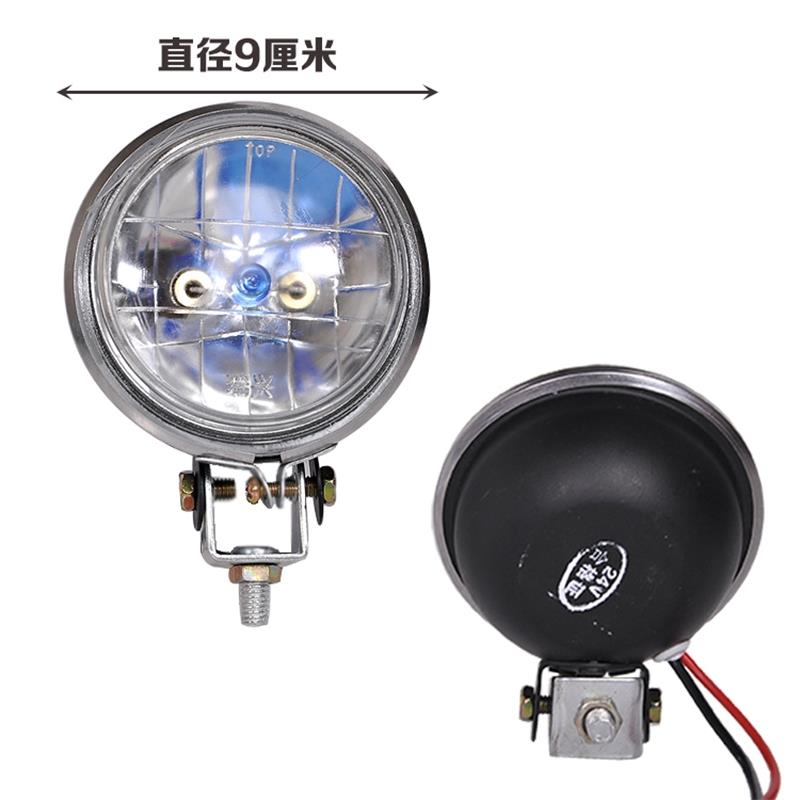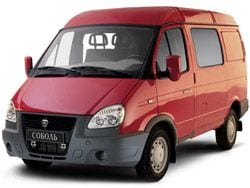
Stoplight in a vacuum
According to physicist James Franson of the University of Maryland, who studied supernova SN 1987A, the speed of light decreases in a vacuum. His theses were published in the prestigious scientific journal "Journal of Physics", so they are trustworthy. If they were confirmed, it would mean a big change in science, treating the speed of light in vacuum (299792,458 km/h) as one of the main constants.
Franson noticed that there is a difference in the speed at which neutrinos and photons from a supernova reach us. Neutrinos arrive several hours earlier than photons. According to the physicist, this may be due to the fact that in a vacuum, photons can be polarized into electrons and positrons, which then combine again into photons. As the particles separate, gravitational interactions may arise between them, contributing to the deceleration.
It follows that light slows down the farther it has to travel, since the probability of successive partial stratifications increases. At distances measured in millions of light years, the photon delay of light can be weeks.
